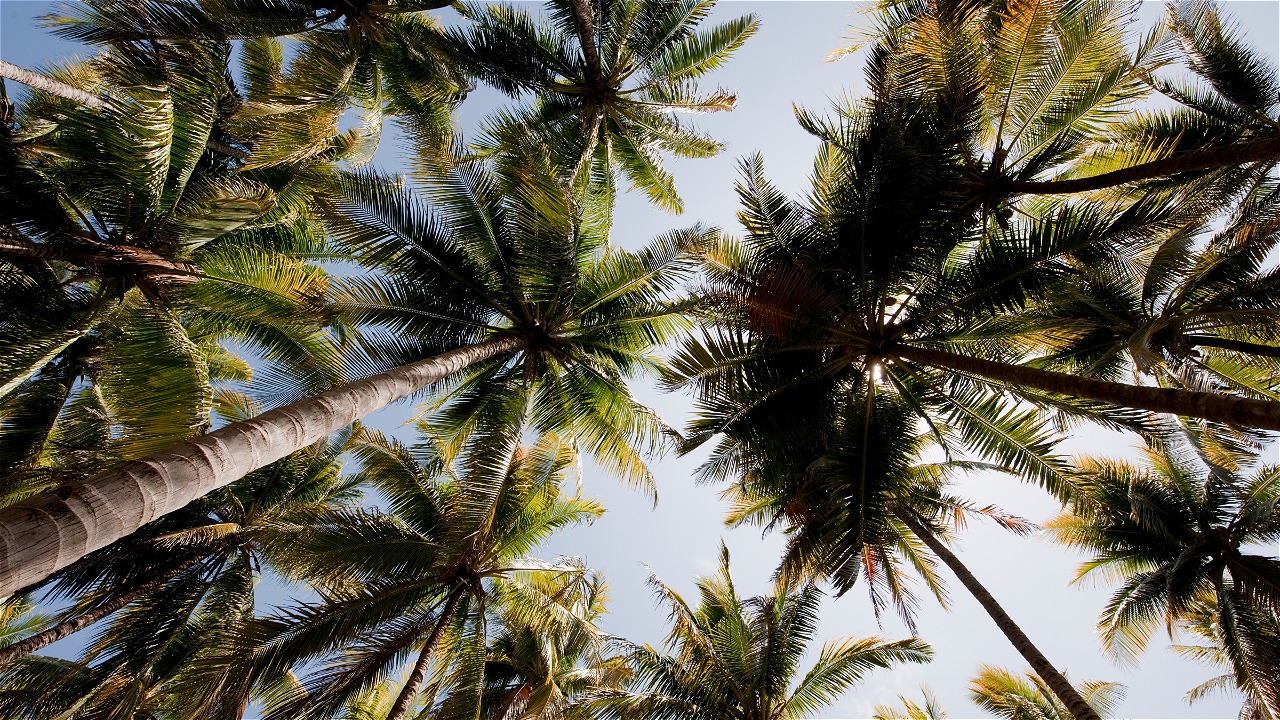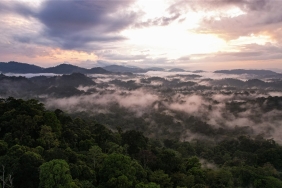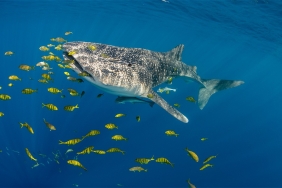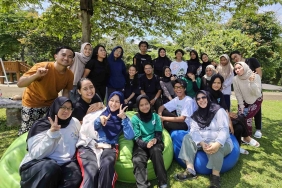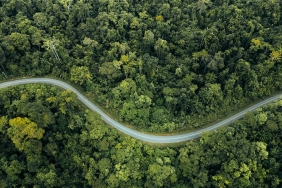SAFEGUARDING CONSERVATION WITH EARLY ENVIRONMENTAL EDUCATION
Author: Rinto Andhi Suncoko (SSocial Development Coordinator, WWF-Indonesia Program Southern Eastern Sulawesi Subseascape/SESS)
The quote "Education is the most powerful weapon which you can use to change the world" from Nelson Mandela further strengthens the opinion that education is the motor of world change. Environmental education in the context of nature conservation knowledge is no exception. In Indonesia itself, Environmental Education-or PLH for short-began to appear in the 1986s, which at that time was called Environmental and Population Education.
One of the work programs of WWF-Indonesia Program Southern Eastern Sulawesi Subseascape/SESS is to support the government in the management of Wakatobi National Park Conservation area, namely environmental education through EE. WWF-Indonesia SESS Program collaborates with the Department of Education, Culture, Youth and Sports (Dikbudpora) of Wakatobi Regency. Through the Forum of Regional Local Content Teachers' Consultation (FMGML) of Wakatobi, revised and disseminated EE teaching materials for Marine and Maritime Culture of Wakatobi for the 2017/2018 academic year. The revised EE materials are local content subject materials for primary education (grades 1-6 SD) and secondary education (grades 7-9 SMP). The revised EE teaching materials as local content of Wakatobi Marine and Maritime Culture are adjusted to the 2013 curriculum standards (K-13). The process of working on the revision and desmination of EE materials took place from April to June 2016.
In addition to FMGML Wakatobi, WWF-Indonesia SESS Program also collaborates with Blue Teachers Network (JGB) and Island Forums in Wakatobi to participate in the revision and declination process. There are several stages carried out together in the process, namely: 1) FMGML opened a joint discussion and explored the perceptions of the Island Forums, the Wakatobi Education and Youth Office and the Wakatobi National Park Office; 2) Conducting a workshop on the socialization of PLH Mulok Marine and Maritime Culture of Wakatobi and K-13 standards and capacity building for teachers of mulok Marine and Maritime Culture of Wakatobi attended by the Head of Dikbudpora of Wakatobi Regency and Head of SPTN I Wakatobi National Park; 3) The FMGML team made corrections, revisions, and additions to the Wakatobi Mulok Marine and Maritime Culture EE material together with the Blue Teacher Network and the Island Forum; 4) Conducting a workshop on the dissemination and socialization of the results of the preparation of the Wakatobi Mulok Marine and Maritime Culture EE which was attended by the Head of the Wakatobi National Park, representatives from the Wakatobi Dikbudpora and the local content teacher forum in Wakatobi; and 5) The FMGML team together with the Dikbudpora reviewed the Wakatobi Regent's Decree for the implementation of EE in primary and secondary education.
The revision and dissemination of EE activities of Wakatobi Marine and Maritime Culture received positive responses from various parties, especially the Wakatobi National Park and Dikbudpora.
"WWF SESS helps us in terms of conservation education programs. The hope is that students who are still in school, have been introduced early on to the potential of biodiversity and marine resources in Wakatobi National Park. This education issue is very important, introducing the diversity of marine life from an early age, rather than introducing it to adults, so it is troublesome and difficult to enter. I welcome WWF SESS to make activities like this, coincidentally WWF SESS is our partner since a long time ago and is very concerned in the field of conservation, "said Mr. Gunung Sinanga, Head of the Wakatobi National Park Center.
A good welcome also came from the Head of the Wakatobi Dikbudpora Office, Mr. La Ode Puasa.
"We from Dikdbudpora are very grateful to have been assisted by WWF SESS to revise the local content teaching materials of Wakatobi Marine and Maritime Culture. The content of EE materials on Wakatobi Marine and Maritime Culture is now more locality, broad and includes aspects of Wakatobi customs and culture from the four islands in Wakatobi."
The development of revision and dissemination activities has now entered the process of verification and refinement from the FMGML Team and the Wakatobi Education and Culture Office. Furthermore, it will be printed and reproduced for the benefit of the teaching and learning process in primary and junior secondary education schools. Dikbudpora Wakatobi will help with printing and publication. Hopefully, in the near future the EE book on Marine Local Content and Maritime Culture of Wakatobi, can be duplicated and implemented in the primary and junior high education environment in Wakatobi.

